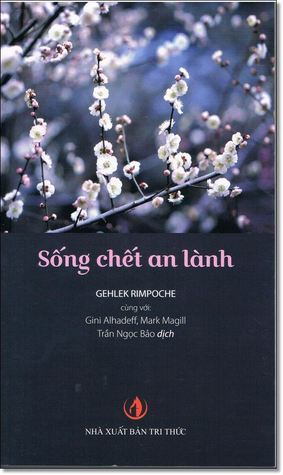What do you think?
Rate this book


Author Biography: Gelek Rimpoche was born into one of the last great aristocratic families of Tibet. He began his formal training to become a teacher when he was three years old. He left Tibet at 19 during the Communist Chinese invasion and at his teachers' insistence, began instructing Westerners in Buddhism. Rimpoche is one of the last reincarnated lamas to be fully educated in Tibet and trained by the same teachers who taught the Dalai Lama. He has been a favorite speaker at countless spiritual centers around the country. Rimpoche has been a research consultant at Case Western Reserve University in Ohio, and an instructor of Tibetan at the University of Michigan in Ann Arbor. Rimpoche is now an American citizen and lectures around the world.
Unknown Binding
First published October 1, 2001